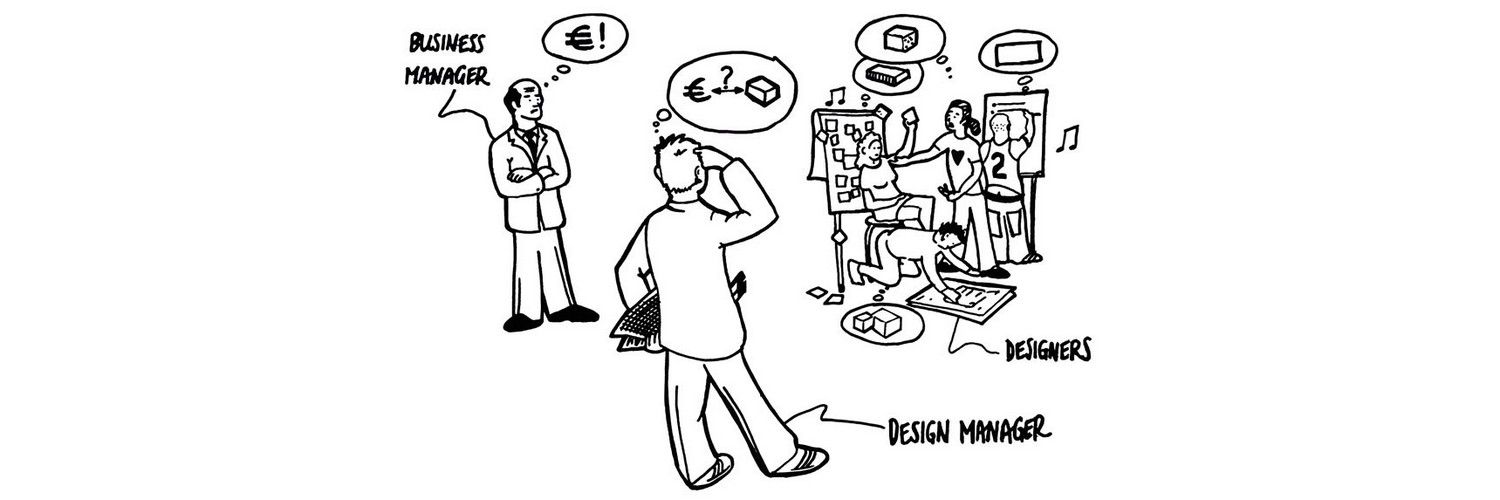Often we talk about value and we mean “financial value” a concept that can be measured in dollars and cents or pounds and pennies or whatever currency is near to hand. However, financial value is not the only motivating factor for users and consumers to invest in a product. In fact, it is the perception of value both financial and non-financial that drives the decision to adopt (or not) a product.
Needs, Wants, Demands
It’s often said that it’s important to give a user what they need through product design and not to examine wants at all. It is true that if a product fails to meet a user’s needs – they are unlikely to find it useful and thus, unlikely to adopt it.
However, it is not true to say that a user will not prioritize their wants over their needs. Think about cars; both a Skoda and a Ferrari do a similar job for their users. They meet the need of being able to get from A to B quickly and efficiently. The Ferrari may be faster but in terms of meeting needs; this should be irrelevant both vehicles have top speeds which, except in very specific circumstances, exceed national speed limits.
Yet, there’s no doubt that there’s a market for the much more expensive Ferrari. If users only bought products based on need – the market for Ferrari should not exist.
In fact many products that are sold in today’s market meet a mix of user/customer needs and their wants too.
Wants and needs become “demands” when they are supported with the financial means to buy.
This is important because catering to wants and needs without such support is likely to lead to business failure; if there is no demand for a product it will not be adopted by the market.
Demands are executed based on the customer or user’s perception of value.

Author/Copyright holder: Duncan Hull. Copyright terms and licence: CC BY 2.0
Perception of Value
It is important to note that perception of value is not constant and may vary, significantly, from one user to another. For example, in the last section the author compared the value in a Skoda to the value in a Ferrari. Neither of these two cars would have any value to the author, who cannot drive. Yet, many other people draw a distinct value from driving a car.
In Peter Doyle’s “Value Based Marketing” published by Wiley in 2000 he offers four concepts of value which add up to the perception of overall value:
- Functional Value – what does the product do? What problem does it solve for the user or customer?
- Financial Value – is the product provided at a reasonable price point? It is worth noting that “reasonable” is very difficult to define as it involves the user or customer making multiple trade-offs between the costs of other things they want or need, the value of competing items and their ability to pay.
- Social Value – how does the product enable the user to connect with others? How does it improve the status of the user in other people’s eyes?
- Psychological Value – how does the product enable the user to feel about themselves? Does it bring them pride, pleasure, happiness, etc.? (Some psychological values both good and bad are shown in the image below).
Value may be expressed in two forms; quantitative (e.g. an amount) or qualitative (e.g. a description – it’s hard to rate happiness, for example, in a number even though it doesn’t stop market researchers from trying).

Author/Copyright holder: Toddatkins. Copyright terms and licence: CC0 1.0
If you’re struggling with where to create value – it can help to remember what the Fast Company said in 2005; “Design’s fundamental role is problem solver.”
Engaging with Perceived Value
Designers and marketers can engage with perceived value by conducting market research. They will want to establish:
- Why do users choose their product? What are the attributes and benefits of that product that are appealing?
- Why do users choose their product when compared to a competitor’s product? What makes that product more interesting?
- How much importance do users place on any given attribute or benefit? (E.g. what weighting can you give each item?)
- What is the change in user/customer perception of value in your product over time?
The answers to these questions can inform the design process and the marketing approach taken – it is important to establish where perceptions of value exist so that they can be enhanced within designs and communicated through marketing.
 Author/Copyright holder: gdsteam. Copyright terms and licence: CC BY 2.0
Author/Copyright holder: gdsteam. Copyright terms and licence: CC BY 2.0
What Value is Enough Value?
This is a good question. How much value does a user need from our product in order to adopt it? The answer to this is potentially straightforward: when the perceived cost of a product is lower than the perceived value of that product.
Unfortunately, that definition assumes that the user has an unlimited budget and that every time they decide something is good value – they purchase it.
In reality, the perceived value must exceed the perceived value in all competing goods as well as the perceived cost of a product and the user must have budget for it in order for them to adopt the product.
This is important because a market of potentially millions of people can rapidly become a non-existent market even if the product holds a reasonable perceived-value to the members of that market.
Creating value is vital but it is important to also ascertain whether or not the market sees the value created as important enough to engage with.
Improving the value to cost ratio of any given product can also encourage adoption and ensure successful products in the long-term.
The Take Away
The more value a user perceives in a product compared to its cost; the more likely they are to adopt that product in their lives. Products compete for a user’s budget but not all value is perceived to be financial as there are also functional, social and psychological measures of value to consider. Market research can help uncover a user’s perception of value and allow designers to build on these in future product iterations and marketers to play to those values in communication with prospects.
References
Peter Doyle: Value-Based Marketing: Marketing Strategies for Corporate Growth and Shareholder Value. Wiley, 2000
Hero Image: Author/Copyright holder: Wiki4des. Copyright terms and licence: CC BY-SA 3.0











